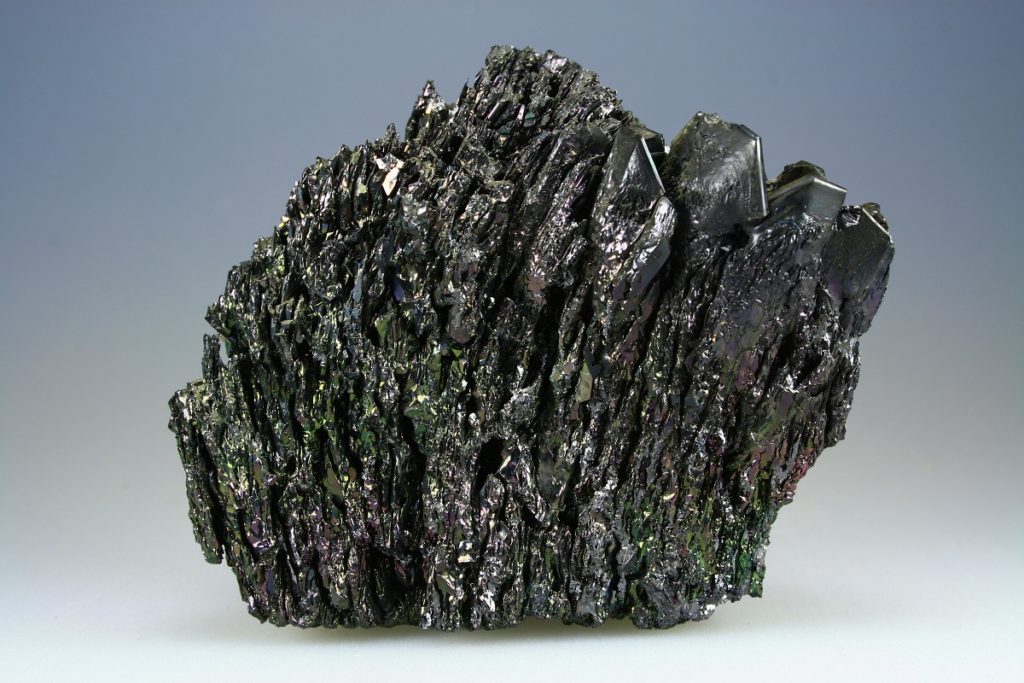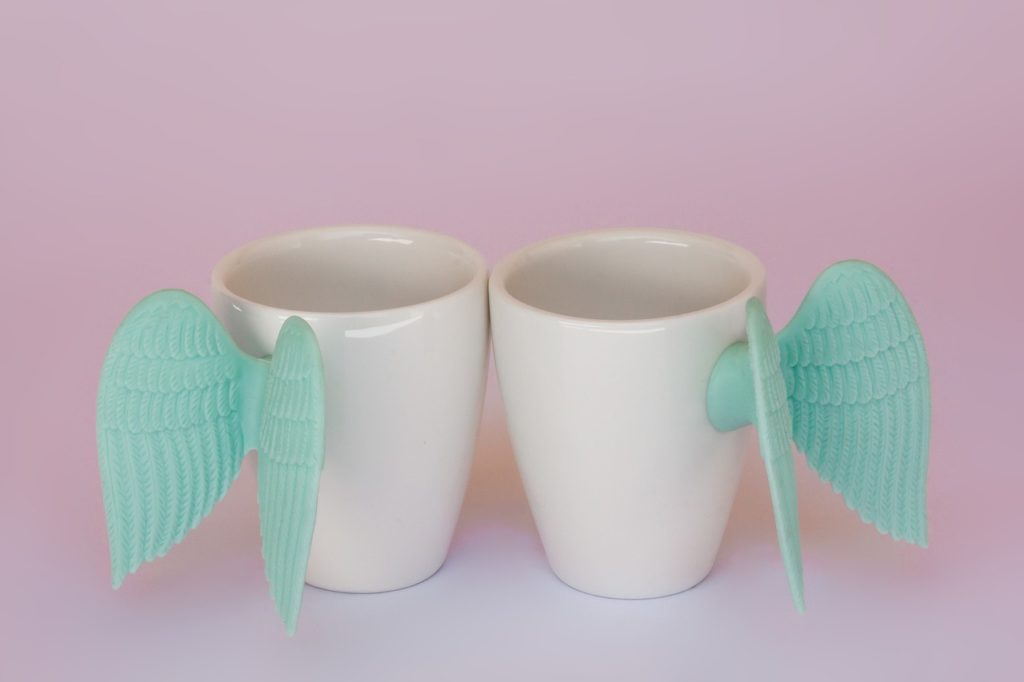Have you ever owned inexpensive but beautiful silicone rings? Depending on the color, you can fool others into thinking that you are wearing a real metal ring. For the younger folk, a wider assortment of colors awaits. They can choose brighter colors to match their look or signify their mood. The flexible nature of a silicone ring also makes it easy to wear and remove. And since it is inexpensive, you can have dozens of silicone rings without breaking the bank.
What about silicon? Silicon and silicone are different. Wonder no more; here is your explanation for that:
Silicone
Aside from silicone rings, there are many other uses for the material. Some mobile phone cases are made from silicone, giving them a soft, grippy texture and shock absorption. Oven molds made out of silicone let you easily pop the cupcakes out of them. There are many silicone-based sealants that you can buy at a hardware store, providing a waterproof and airtight seal over little gaps around your house.
But what kind of material is silicone exactly? It is a type of polymer, a synthetic material. To create it, silicon is combined with other elements, usually oxygen, hydrogen, and carbon. It can withstand extreme heat and is a good insulating material. It can be in a liquid form or a soft and flexible solid matter.
It’s one of the most versatile materials around. Many do not initially believe that they can put a rubber-like silicone mold in the oven. But once they witness how it does well under intense heat, the doubters became believers. Not only is it easy to remove baked goods from the molds, but silicone can also come in different shapes.
Silicone also has practical applications in medicine, sanitation, and cosmetics.
Silicon
 This is a chemical element. This means that it can be extracted naturally, unlike silicone, which is created through synthesis. You can safely say that silicon is an ingredient of silicone.
This is a chemical element. This means that it can be extracted naturally, unlike silicone, which is created through synthesis. You can safely say that silicon is an ingredient of silicone.
It is popularly known to be used in semiconductors. Computers and other high-tech electronic devices revolve around the use of microchips. Imagine the insides of these chips having microscopic switches. Pure silicon can be harnessed as one of these. These individually turn on and off depending on the instruction given. And it’s the combination of these switches that produce an output.
Apart from polymers, compounds containing silicon also produce useful items. Here are some that are commonly seen:
- Silica gel. This is based on silica, which is also a compound called silicon dioxide. You mostly see these in boxes of some new items you buy, like shoes. This is used to keep the object dry. Do not eat this.
- Orthosilicic acid. There is a study showing that taking orthosilicic acid has rejuvenating effects on skin damaged by the sun.
- Silatrane. This is used as the main ingredient of rat poison.
- Flusilazole. This compound is used as a fungicide for fruits and plants.
Silicon is one of the most abundant elements on Earth. It will probably be most remembered for its contributions to the world of electronics. But its other practical uses need to be appreciated, too. You’ll never know where it will show up next.







